All Science
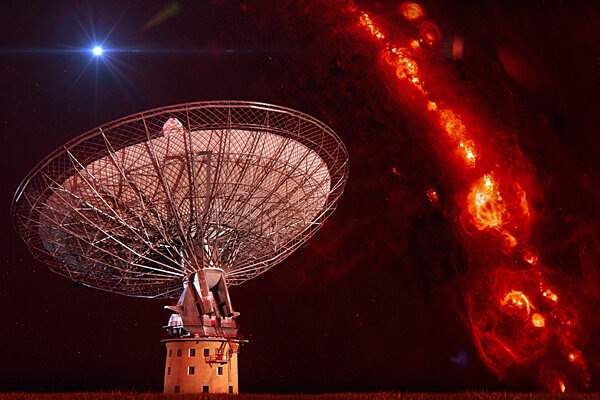 Mystery radio bursts coming from space – but probably not from E.T.
Mystery radio bursts coming from space – but probably not from E.T.The radio bursts are energetic enough to suggest that they are triggered by extremely powerful astrophysical events. Evaporating black holes or supernovae might be possible sources.
 Da Vinci-code, bird-style: Cockatoos can solve complex puzzles
Da Vinci-code, bird-style: Cockatoos can solve complex puzzlesTen untrained Goffin's cockatoos were able to complete a series of complex sequential tasks to access a nut reward.
 How hawkmoths jam the sonar signals from bats
How hawkmoths jam the sonar signals from batsHawkmoths are now the second known species of moths that have found a way to jam bat sonar. Moths have evolved other defense mechanisms to detect and avoid bats.
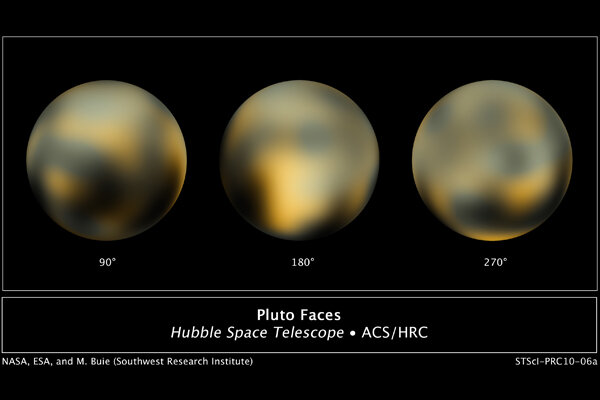 Pluto's craters could get Star Trek names
Pluto's craters could get Star Trek namesEven though 'Vulcan' has been rejected as the name of one of Pluto's recently discovered moons, an astronomer has left open the possibility of naming some of Pluto's geographical features after Star Trek characters.
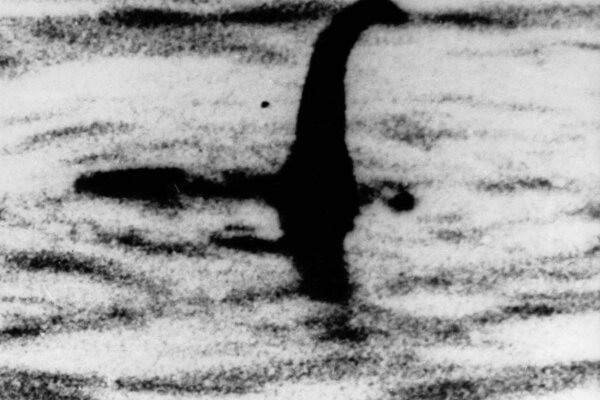 Loch Ness monster: Geology tries, but doesn't explain mystery
Loch Ness monster: Geology tries, but doesn't explain mysteryLoch Ness Monster: An Italian scientist blames the Loch Ness monster sightings on seismic activity. But that doesn't quite add up. Some scientists offer another explanation.
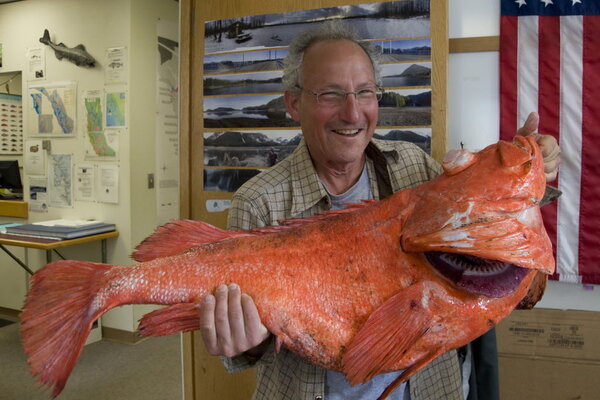 200-year-old rockfish caught off Alaska coast
200-year-old rockfish caught off Alaska coast200-year-old rockfish: A Seattle resident caught a shortraker rockfish, which at some two centuries old might be the oldest one ever caught.
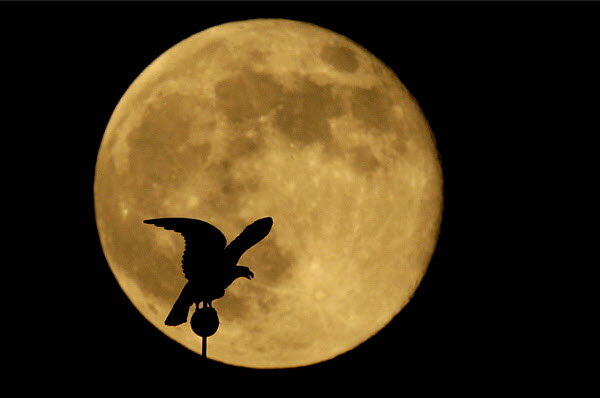 How the moon affects the nighttime world. (Hint: No werewolves.)
How the moon affects the nighttime world. (Hint: No werewolves.)Many animals adjust their behaviors in response to changes in light levels and tides, affecting reproduction, migration, and more, say scientists in a new study.
 Ignoring Star Trek fans, astronomers name Pluto's moons
Ignoring Star Trek fans, astronomers name Pluto's moonsEven though 'Vulcan' was the top choice among voters, the International Astronomical Union opted to go with the second- and third-most-popular proposed names. Pluto's fourth and fifth moons are now officially known as Kerberos and Styx.
 Thanks to clouds, some 60 billion planets are habitable in Milky Way
Thanks to clouds, some 60 billion planets are habitable in Milky WayNew research that factors in the influence of cloud cover on alien climate has extended the habitable zone around red dwarf stars to include twice as many planets.
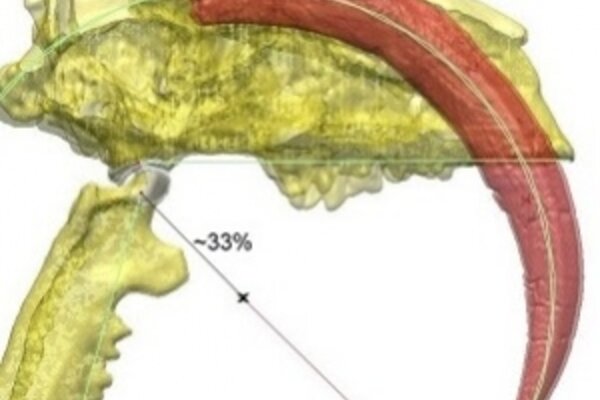 Ancient predator lacked jaw strength to leverage own fangs, was 'embarrassing'
Ancient predator lacked jaw strength to leverage own fangs, was 'embarrassing'The extinct and highly unusual predator Thylacosmilus atrox relied on brute brawn to pin its prey.
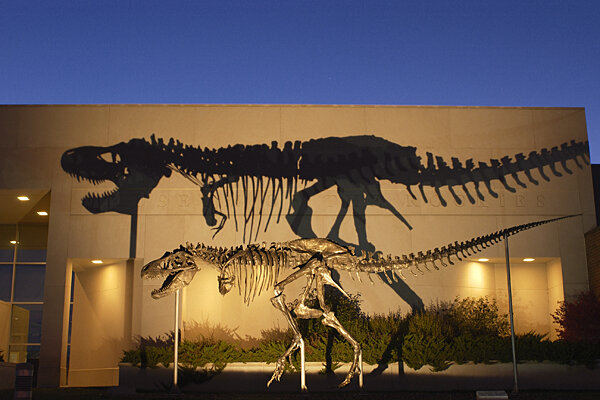 Tyrannosaurus rex heading to Washington, D.C.
Tyrannosaurus rex heading to Washington, D.C.The Smithsonian Institution National Museum of Natural History will finally have a Tyrannosaurus rex to call its own, thanks to the Army Corps of Engineers.
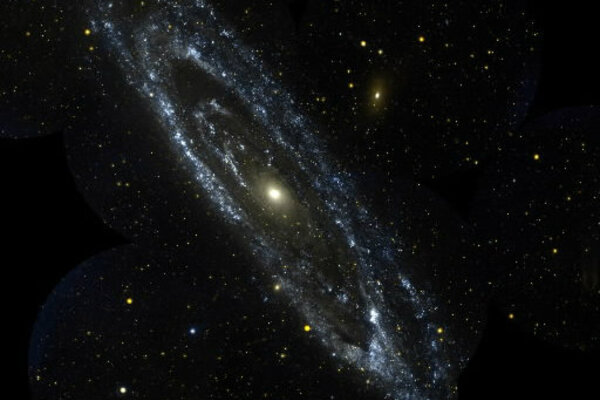 GALEX decommissioned: What happens to abandoned space probes?
GALEX decommissioned: What happens to abandoned space probes?NASA's earth-orbiting GALEX was shut down Friday, meaning that the spacecraft will join a long line of space probes sacrificed to the universe.
 Duel of the natural disasters: Earthquakes cause volcanos to shrink
Duel of the natural disasters: Earthquakes cause volcanos to shrinkEarthquakes can humble even volcanoes, sending them slinking down some six inches into the earth, a new study has found.
 Tree rings reveal El Niño tied to recent global warming
Tree rings reveal El Niño tied to recent global warmingEl Niño, the notoriously capricious weather phenomenon, has a clear pattern of unusually aggressive behavior throughout the past century. Scientists see a link to global warming.
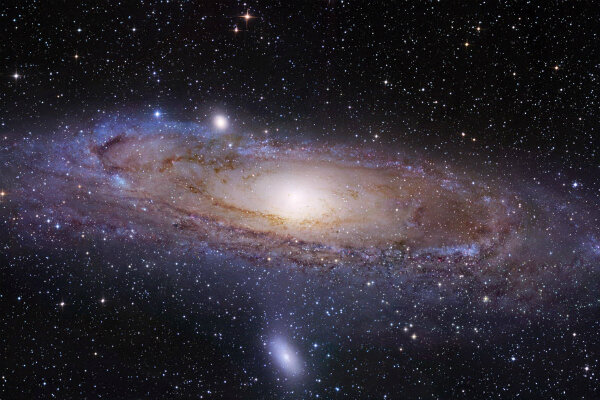 Why don't spiral galaxies run out of gas? Look to the (extended) halo.
Why don't spiral galaxies run out of gas? Look to the (extended) halo.New research suggests that galaxies hold more 'normal matter' than scientists could image. This matter in the form of gas resides in halos that turn out to be about twice as vast as previously estimated.
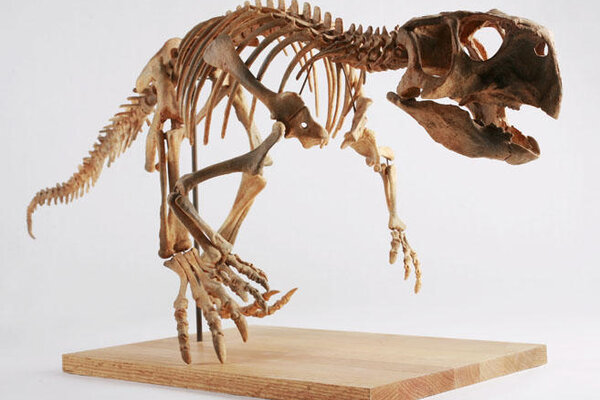 'Parrot dinosaur' walked on all fours, then graduated to two
'Parrot dinosaur' walked on all fours, then graduated to twoNew research suggests that Psittacosaurus, China's 'parrot dinosaur,' walked on four feet – and then two feet.
 A space shuttle's final mission: Atlantis opens to the public
A space shuttle's final mission: Atlantis opens to the publicThe much-anticipated Atlantis exhibit - showcasing the last space shuttle to make a mission - will open at Florida's Kennedy Space Center on Saturday.
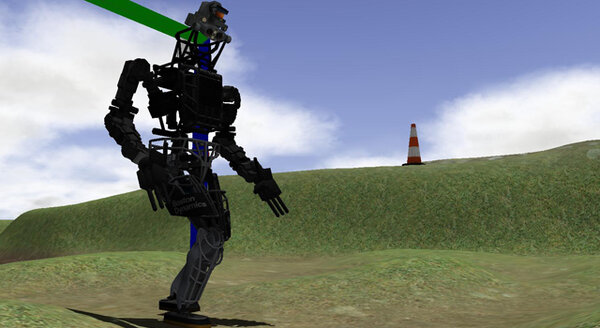 The ultimate video game: Teams compete in DARPA Robotics Challenge
The ultimate video game: Teams compete in DARPA Robotics ChallengeTeams from eight countries competed in the first round of the challenge to develop a disaster-response robot.
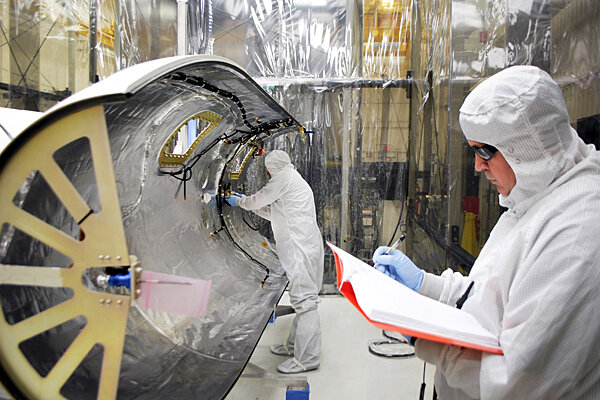 NASA launching IRIS, a new eye on poorly understood region of sun
NASA launching IRIS, a new eye on poorly understood region of sunIRIS, the new NASA space telescope, is being sent aloft to study a region of the sun's atmosphere physicists previously had little interest in, so much so the region was dubbed the 'ignorosphere.'
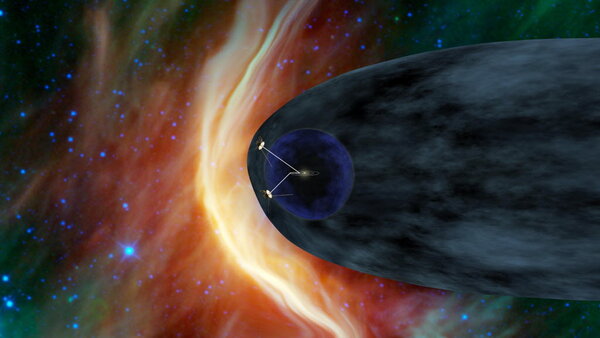 Voyager 1 comes closer to leaving the solar system...again
Voyager 1 comes closer to leaving the solar system...againScientists have detected one of the critical signs that the Voyager 1 is nearly in interstellar space. But this has happened before.























